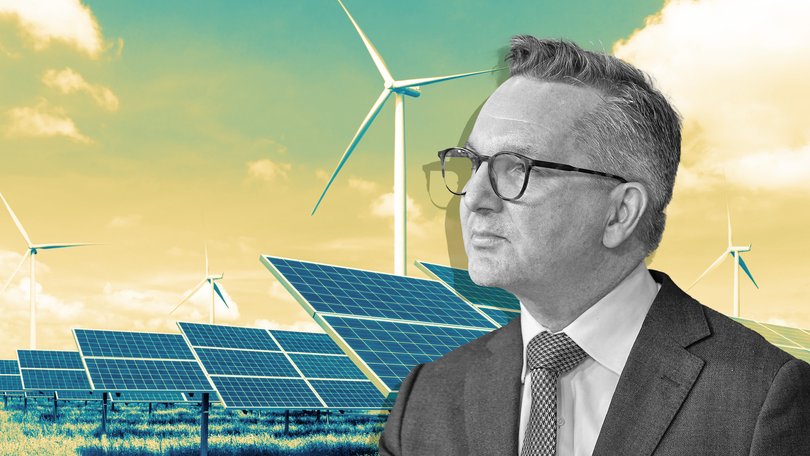EDITORIAL: How much will Labor’s 2035 target cost you?

In the debate about climate action, a lot of numbers get thrown around.
There’s net zero by 2050, 82 per cent renewables by 2030.
On Thursday, Climate Change Minister Chris Bowen sprinkled in a handful more: 62 to 70 per cent by 2035.
Sign up to The Nightly's newsletters.
Get the first look at the digital newspaper, curated daily stories and breaking headlines delivered to your inbox.
By continuing you agree to our Terms and Privacy Policy.Mr Bowen said this represented an “ambitious but achievable” target range to reduce Australia’s carbon emissions compared to 2005 levels.
But there’s only one number in this climate action number soup that households truly want to know: what is this “ambitious but achievable” goal going to cost them?
The answer is the one number the gaggle of Labor ministers gathered to announce the target on Thursday weren’t forthcoming on.
Instead, there was plenty of vague references to the costs of failing to act, or acting without appropriate urgency.
“If Australia went through a disorderly transition, it would cost our economy, it would cost jobs, it would mean lower wages and living standards, and it would mean higher power prices as well,” Treasurer Jim Chalmers said.
The Government’s predictions of impending environmental armaggedon scared the pants off people
The advice from the Climate Change Authority to the Government says achieving the target needn’t be a drag on the economy, with modelling showing the economy can be expecting to grow at an average of 2.7 per cent a year to 2035.
A report by the Business Council of Australia released earlier this month put the cost of new capital investment to reduce emissions to 2035 at up to $500 billion. That’s the thing about numbers — there’s one to suit every ideology.
Labor’s revised net zero plan also involves a new $5b National Reconstruction Fund program to provide incentives to industry to decarbonise, an extra $2b for the Clean Energy Finance Corporation and $40 million for electric vehicle charging stations.
Those extra charging stations will be in hot demand, because in order to reach the emissions reductions required within the transport sector, the CCA’s report says there will need to be 20 times the number of electric vehicles on the roads in 2035 than there are today.
That will require about half of all vehicles sold between now and 2035 to be EVs. That’s a hell of a task given less than 8 per cent of cars sold last financial year were EVs.
The Government set the scene for this target with the release earlier this week of an apocalyptic report from the Australian Climate Service which predicted property values would fall by hundreds of billions, great swathes of our major cities would disappear under flood waters for much of the year and heat deaths would increase by 400 per cent without serious action.
It was certainly an alarming piece of crystal ball gazing, which presented our world’s climate challenge as an immediate existential crisis. In light of its predictions of impending environmental armaggedon, the Government’s 62-70 per cent target appears modest, even languid.
There’s danger in this approach of scaring the pants off people in the hope that fear keeps them onside should their electricity bills shoot up later on. Game-play such as this can seed suspicion when what we need now is certainty.
